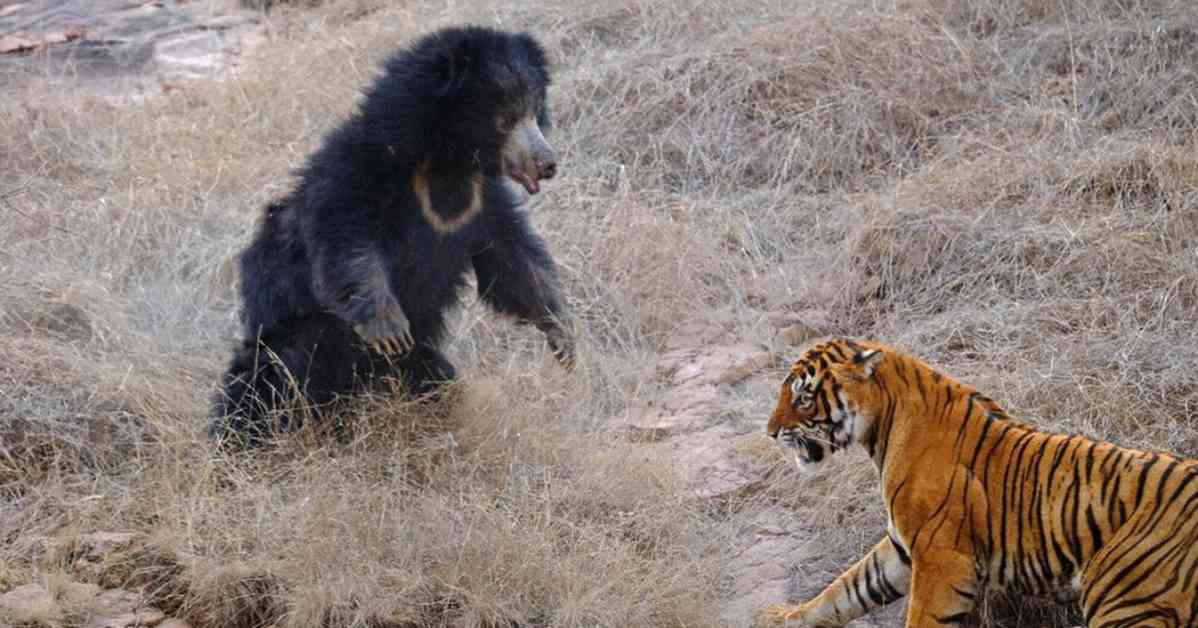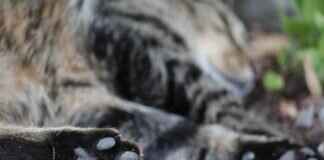In India, videos have surfaced showing tigers stalking sloth bears, with surprising results. The images reveal that the bears are often unaware of the tigers’ presence until the big cats attempt to attack. Despite the tigers’ ferocity, the bears are able to defend themselves successfully in many cases.
A recent study published in the journal Ecology and Evolution examined 40 videos and three photograph sequences taken by safari-goers in Indian national parks. These recordings captured moments of tigers hunting for sloth bears as potential prey. The footage sheds light on the dynamic between these two species in the wild.
Unlike full-grown bears in North America, sloth bears in India frequently find themselves in life-threatening situations when confronted by tigers. While sloth bears primarily feed on termites, ants, and fruit, they are known to engage in confrontations with tigers, which are among the most fearsome predators in the region.
Thomas Sharp, a wildlife ecologist with Wildlife SOS and one of the authors of the study, has spent two decades studying sloth bears and their behavior. He has observed that the bears’ aggressive nature stems from their interactions with tigers. Despite not being inherently predatory, sloth bears have earned a reputation for being fierce and are responsible for more attacks on humans than any other large carnivore.
The researchers hope that their findings will contribute to the development of strategies to mitigate conflicts between humans and sloth bears. As a vulnerable species, it is crucial to understand the behavior and interactions of sloth bears in their natural habitat to ensure their conservation and coexistence with other wildlife.
The videos and photographs depicting tigers and sloth bears in Indian national parks offer a rare glimpse into the complex relationships between these two species. By studying these interactions, researchers can gain valuable insights into predator-prey dynamics and the ways in which different animals adapt to survive in their shared environment.














